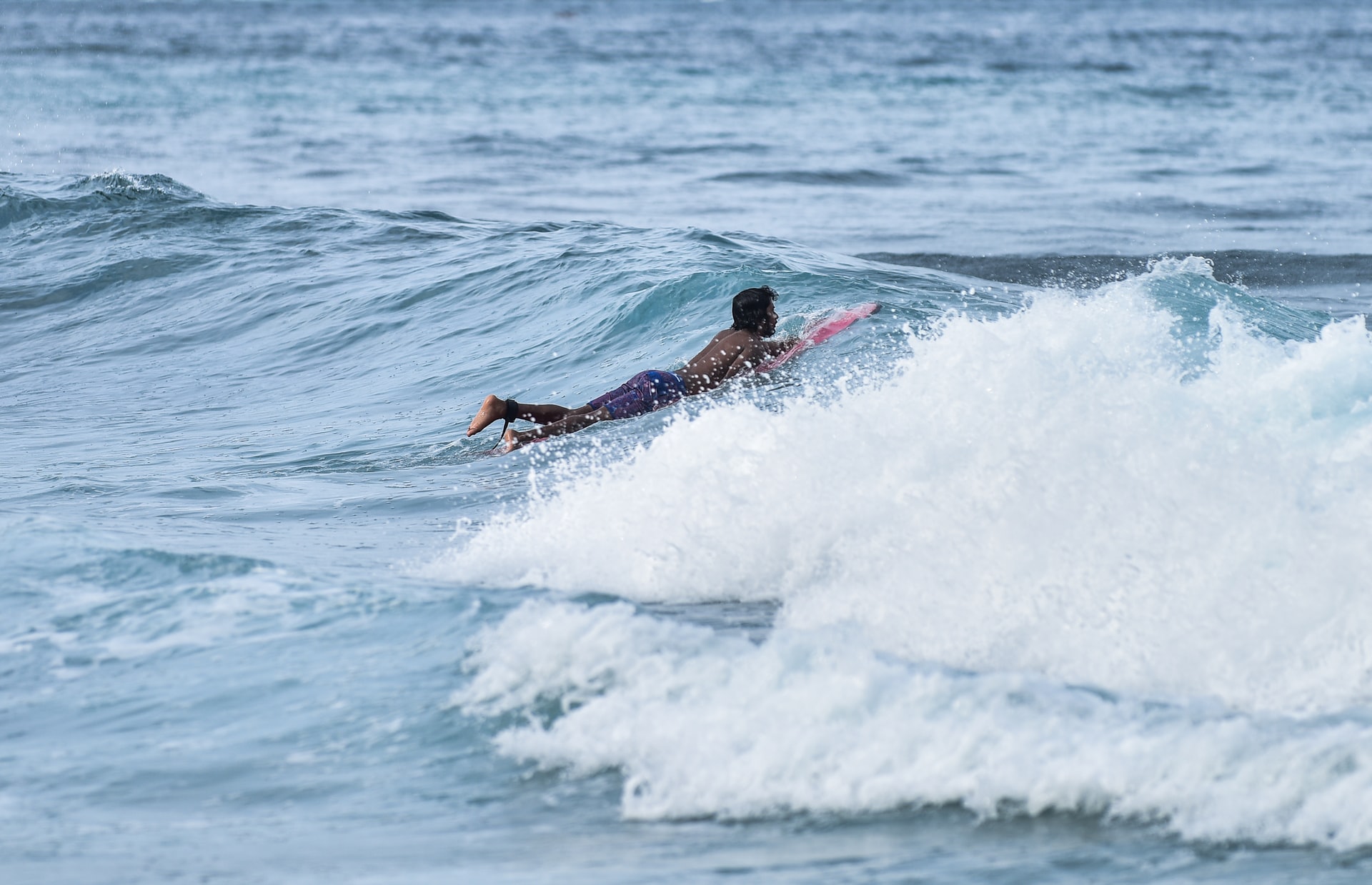Surfing is without a doubt addictive.
As an ocean lover, it is likely you head to the beach at any chance you get.
Surfing in just about any conditions becomes common among surfers. However, there are times in which it is safer to stay out of the water and skip the surf.
Ranging from your physical condition and health, the weather and ocean conditions, and the equipment you have available, surfing can become less than a good idea at times.
Below we will take a look at some of the times that it is better to skip on the surf and save it for a better day.
- 1. When You Cannot Swim
- 2. When the Conditions Are Out of Your League
- 3. In a New Spot Without Research
- 4. When You Are Physically Unfit
- 5. When You Are Sick
- 6. When You Suffer From a Muscle or Tendon Injury
- 7. When You Have Open Wounds
- 8. When You Have a New Tattoo
- 9. In Highly Polluted Waters
- 10. When There Is a High Risk of Dangerous Sea Life
- 11. Directly After Eating
- 12. When the Wind Is Too Strong
- 13. When You Do Not Have the Correct Equipment
- 14. When You Are Alone (if You Are a Beginner Surfer)
- Conclusion
- You Might Also Like…
Disclosure: this post contains affiliate links (clearly marked with ), which means we may earn a commission if you buy something through them, at no additional cost to you.
1. When You Cannot Swim
It may seem obvious, but it is important to mention that you should never try surfing if you cannot swim.
In fact, entering the ocean if you are not a good swimmer is an incredibly dangerous thing to do as the sea is unpredictable.
The WHO (World Health Organization) estimates that 320,000 people drown each year.
Although this number is inclusive of a variety of water body types and reasons, the number remains staggering.
Beyond this, as surfing requires the surfer to duck under the oncoming waves, it is not possible to use a life jacket.
It is never a good idea to go surfing when you cannot swim. If you cannot swim it is best you take swimming lessons before attempting to enter the ocean.
2. When the Conditions Are Out of Your League
Everyone wants to be able to drop into a 10 foot, hollow, barreling wave, but not everyone can.
It is important to know your limits when it comes to surfing. As we well know, the ocean is a dangerous place, and going surfing is a time to leave your ego at home.
If you arrive at the beach and the waves are too big for comfort, the ocean seems too rough, or the spot is too crowded, there is no harm in giving the surf a miss.
Surfing is a dangerous sport and is made more so when we push our limits too far.
Of course, there is no better way to improve than pushing your limits, but it is important to know how far to push them.
If you plan on surfing in conditions outside of your comfort zone then make sure to take along a more experienced friend, and never feel embarrassed to admit defeat if or when it comes.
3. In a New Spot Without Research
Finding a new secret spot, or going on a surf holiday to explore the world’s breaks is an exciting adventure and a great way to improve your surfing skills while finding some peace and quiet.
Although this may seem like a dream (and it is), it is never a good idea to go surfing in a new spot that you know nothing about.
The ocean acts differently everywhere you go. Even along the same beach, the waves can break differently, the groundswell will change, and currents will exist where in other places they did not.
For example, Australia is one of the leading surf destinations in the world but is also home to dangerous sea life and strong rip currents.
If you are used to surfing on current-free breaks then the lack of this knowledge could be life-threatening.
If you are planning a surf holiday, do your research. The internet is a goldmine for detailed information about surf locations around the globe, so use it.
But what if you have found a new “secret spot”?
There will be no available information about the break, and it is unlikely you will know anyone you can ask about the waves without risking the location of your newly found treasure, so you will need to put in your own research.
Instead of heading straight into the water, it is important to observe how the waves change over the day, watch to see how the ocean responds to different tides, as well as keep an eye out for any exposed rocks and strong currents.
Although you will likely want to head straight into the water and not miss out on the great waves, the time spent studying the ocean will create a safer and more enjoyable surf experience.
4. When You Are Physically Unfit
Surfing is considered to be a great workout and is highly strenuous on the body.
Just as you would not walk up a mountain if you were untrained and physically unfit, you should not go surfing if you are not fit.
Between trying to get past the break and into the back, to moving around the bay to find the best position, surfing is constant work.
Beyond this, a large amount of explosive energy is needed when trying to paddle onto a wave, as well as when popping up into a standing position.
Running out of energy in the middle of an oncoming set or at the back of the waves is a dangerous position to find yourself in.
With no power left in your arms and struggling for breath, you will be left at the ocean’s mercy.
5. When You Are Sick
Closely linked to physical fitness, exercising when you are sick can be a bad idea.
According to WebMD, moderate exercise with a mild cold or slight congestion is okay and may help you feel better.
However, when suffering from a fever or more severe symptoms such as nausea and headaches, then it is best to stay out of the water.
The danger here is that your body needs its energy to recover, and will therefore become easily over-exerted.
Another worry about intense exercise when sick is raising an already high body temperature even higher.
Although you may feel cool in the ocean water, your internal temperature may still be rising.
As a rule, if you have a slight cold, a low-intensity surf should be okay, but any more than that and it could become dangerous.
6. When You Suffer From a Muscle or Tendon Injury
Swimming is often recommended to those who are recovering from muscle or tendon injuries. However, surfing can make these injuries worse.
As surfing requires repetitive actions, often with high amounts of intensity, damaged tendons, ligaments, and muscles can quickly become worse.
One example of this is the surfer’s elbow (commonly known as tennis or golfer’s elbow), which is caused by constant and repetitive movements of the wrist and elbow joints.
If you suffer from small ailments such as these, it is better to rest and recover so that you can surf another day.
The last thing you want is to make the injury worse and be out of the water for months, or in some cases, a lifetime.
7. When You Have Open Wounds
When you ask most people why it is not a good idea to go surfing with an open wound, the most common response will be that it attracts sharks.
Sharks can smell blood from up to a quarter-mile away (approximately a half kilometer), and surfing with an open wound certainly increases the chances of attracting sharks to the area.
However, this is not the main threat that open wounds in the ocean poses. As the city population constantly increases, there is a growing need to deal with waste.
Because the infrastructural systems cannot keep up with the growing demand, sewage waste (often untreated) gets pumped into the ocean.
This untreated waste poses major health issues, especially when entering through a cut in the skin.
Although saltwater is often healing to wounds, these bacteria are resistant to salt and can lead to major blood infections.
It is never a good idea to surf with an open wound, and all small scratches should be thoroughly cleaned after leaving the ocean.
8. When You Have a New Tattoo
As it is with open wounds, you should never go surfing with a new tattoo.
When you get inked, thousands of tiny holes are made in the skin, which creates the same result as an open cut.
Surfing with a new tattoo can lead to the same issues as surfing with an open wound, as well as ruin your new expensive artwork.
9. In Highly Polluted Waters
Surfing in polluted water is, unfortunately, almost unavoidable. However, some water should be kept far away from.
If the ocean is particularly polluted, even without open wounds, you face serious health risks.
Polluted water can enter the system through the eyes, which often results in your eyes turning red.
It is also common to accidentally swallow small amounts of seawater while surfing which can lead to nausea, stomach problems, and worse.
Pay attention to the color of the water and keep an eye out for warning signs along the beach.
If the seawater is a brown color, or the breaking waves leave a long-lasting foam on the ocean’s surface, it is a good indication that the water should be avoided.
10. When There Is a High Risk of Dangerous Sea Life
Between sharks, jellyfish, and bluebottles, there are a number of risks that sea life poses to surfers.
Although a shark attack has only a 0.00018% chance of occurring on each individual, the risk is much higher in certain places such as Smyrna Beach, Florida, which is one of the biggest shark hotspots in the world.
Furthermore, jellyfish-related injuries are far more common.
As these sea creatures are often difficult to spot and can cause anything from a small amount of irritation to paralysis and cardiac arrest, it is important to avoid waters when there is a high risk of jellyfish or bluebottles presence.
11. Directly After Eating
It is likely as you were growing up you were told not to go swimming directly after eating.
The reason for this is that intense exercise after a large meal can lead to digestive problems, but more problematically, muscle cramps.
A muscle cramp while in a body of water is dangerous as it poses a high risk of drowning.
Similarly, surfing after a large meal can lead to sluggishness and cramping, which makes an already less than safe activity a life-threatening one.
It is best to wait up to 3 hours after a large meal before attempting intense exercise, and up to 40 minutes after a light snack.
12. When the Wind Is Too Strong
The wind is an important part of surfing, and you almost always want to go surfing when small winds are blowing.
However, in strong winds, a casual surf session can change into a constant battle against the elements.
Many surfers will still paddle out in strong winds, however, you should be prepared for a high-intensity paddle.
If you are not in supreme condition, you should avoid paddling out in strong winds.
Besides the less than enjoyable surf, there is a risk of being blown far along the coast, or in some cases, battling to keep yourself from being blown out to sea.
13. When You Do Not Have the Correct Equipment
Surfing with the wrong-sized surfboard makes everything more difficult. However, in some situations, it can be dangerous.
Attempting to paddle out into a break of 10ft hollow waves on a longboard is not a good idea.
If you can’t duck dive under a wave this size you will be crushed by its power.
Besides the incorrect board, the correct wetsuit is arguably more important.
Hypothermia and heat stroke are huge concerns when it comes to surfing, and should not be taken lightly.
It is important to use the correct wetsuit to avoid freezing, overheating, as well as protect yourself from ocean life and cuts.
14. When You Are Alone (if You Are a Beginner Surfer)
Surfing alone is a magical experience, and without a doubt can be surreal and life-changing.
It is very common for many surfers to go out for a solo surf However, if you are new to surfing, or not in perfect health, this is a very bad idea.
As you should well know, surfing is dangerous, and not having someone with you in case something goes wrong raises the risks.
Never attempt to surf alone when you are not 100% confident in your surfing capabilities, or when you have not yet surfed the break.
Conclusion
Surfing is a magical experience, but you should never forget that surfing is an extreme sport that comes with a high level of physical intensity. It is always important to weigh the risks before entering the ocean.
Although it is never possible to fully predict what the ocean will do, or what may happen, avoiding the above 14 situations will greatly increase your safety in the water, which as a result will lead to a better surf experience.
You Might Also Like…
-

Do Surfers Ride Switchfoot? 5 Benefits (& Why You Should Learn It)
-

Do Surfers Shave Their Legs? 5 Common Reasons (+Pros & Cons)
-

Do Surfers Wear Helmets? 8 Situations You Should Wear One (+4 Cons)
-

Do Surfers Poop in the Ocean? Myths & Facts (+5 Tips)
-
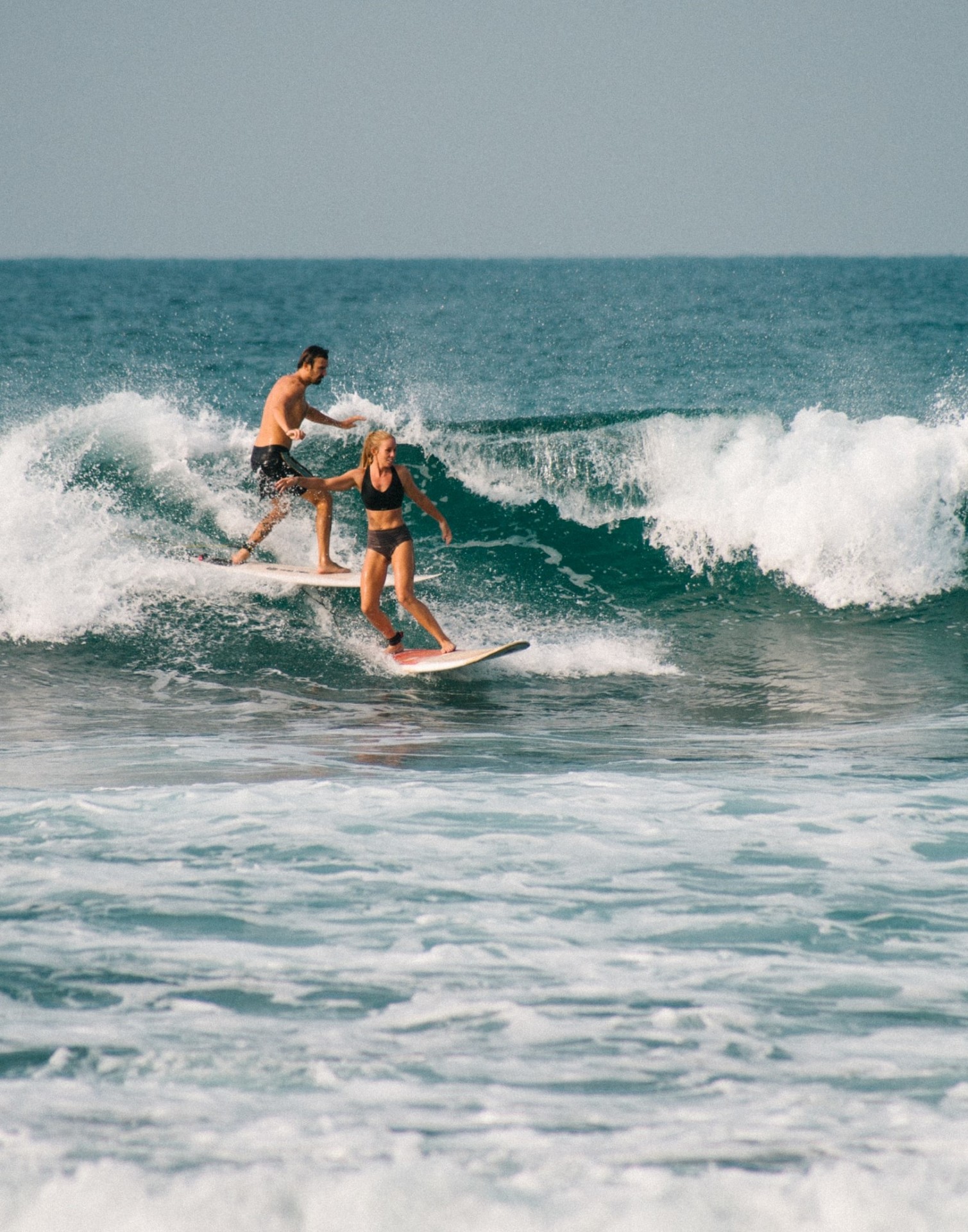
Do Surfers Run Into Each Other? 5 Common Reasons (+8 Tips)
-

Do Surfers Have Beards? Pros & Cons You Should Know (+4 Tips)
-
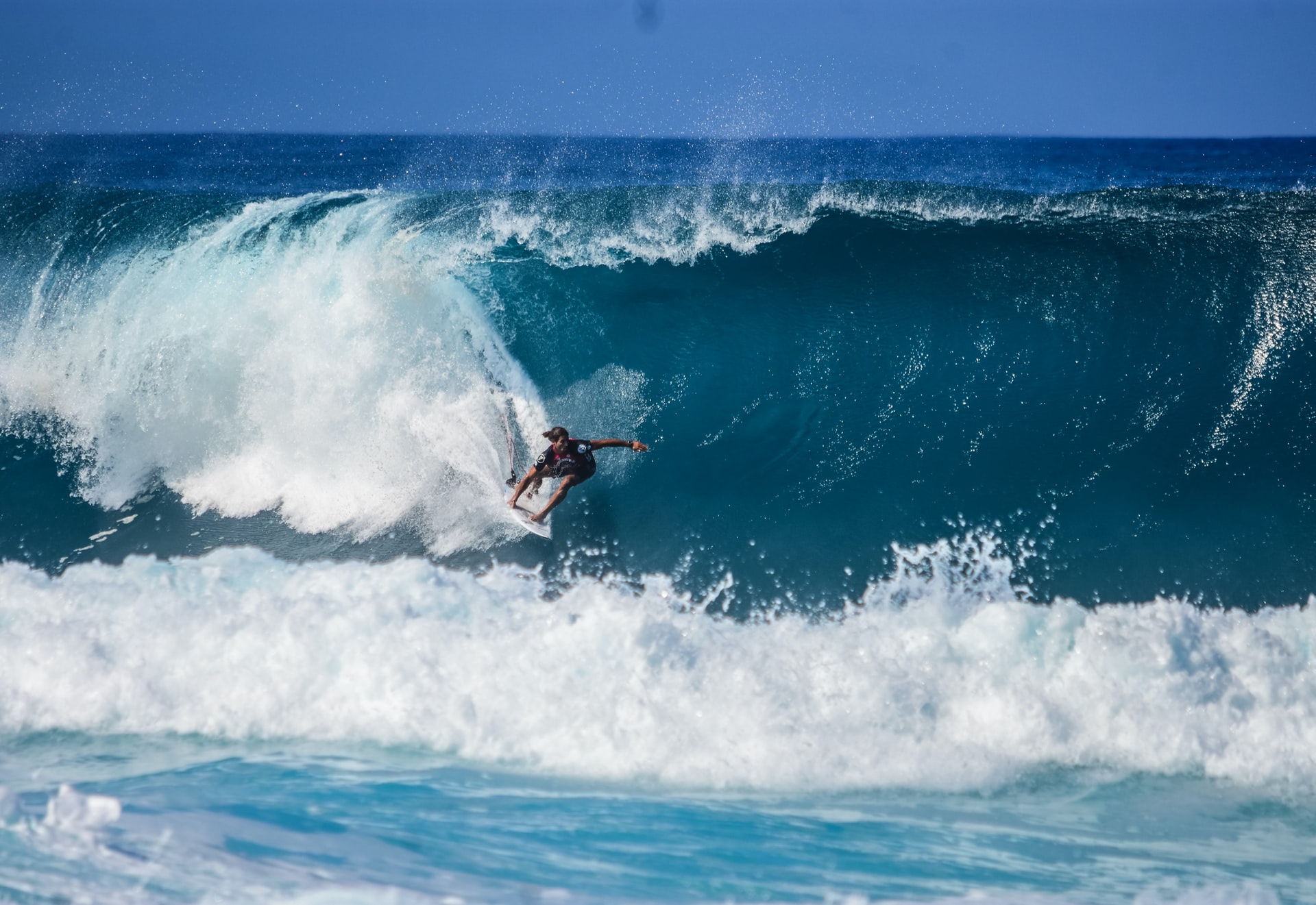
Do Surfers Like Constructive or Destructive Waves? (+Pros & Cons)
-
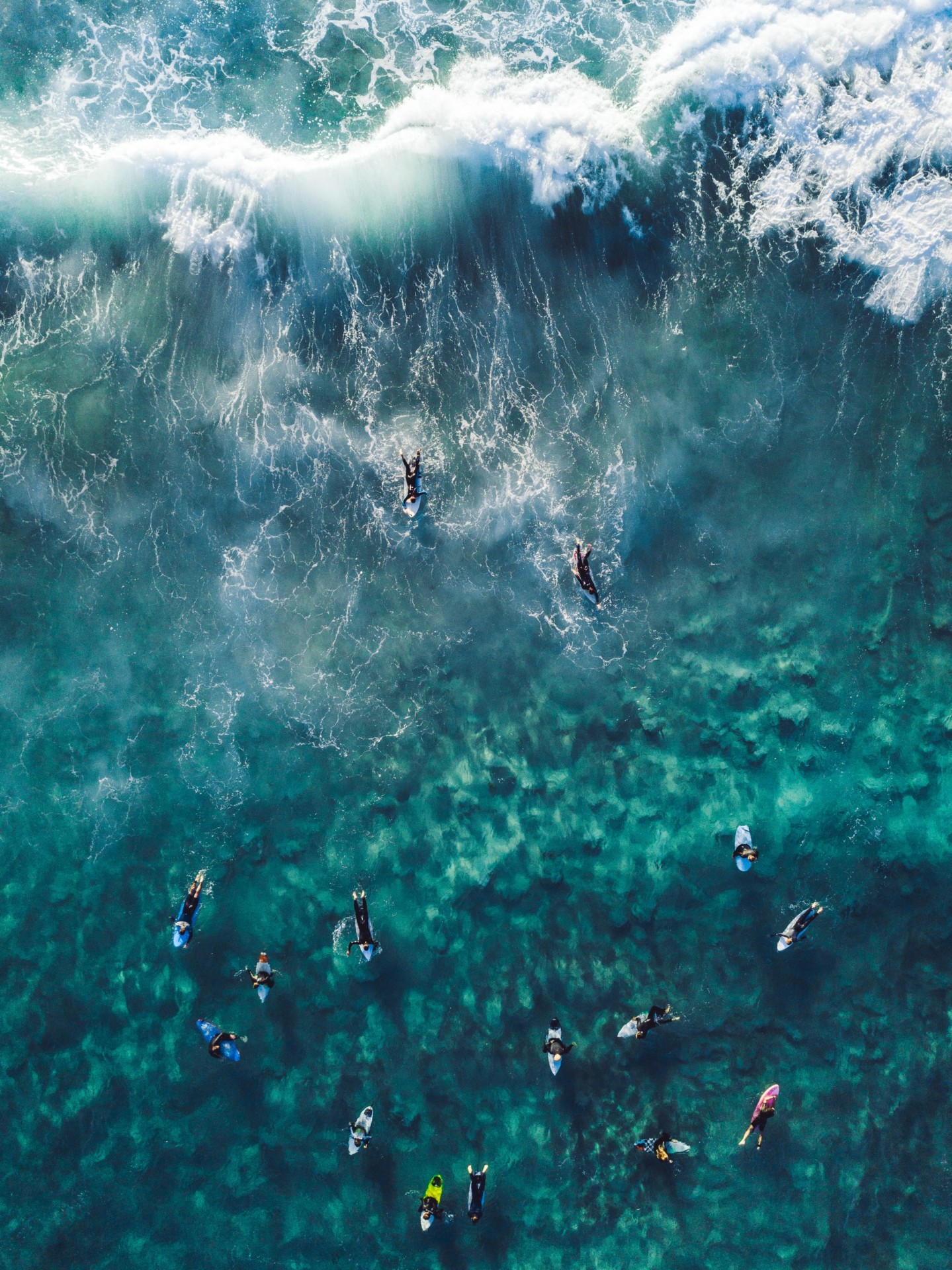
How to Surf Safely: 34 Crucial Tips (Every Surfer Should Know)
-
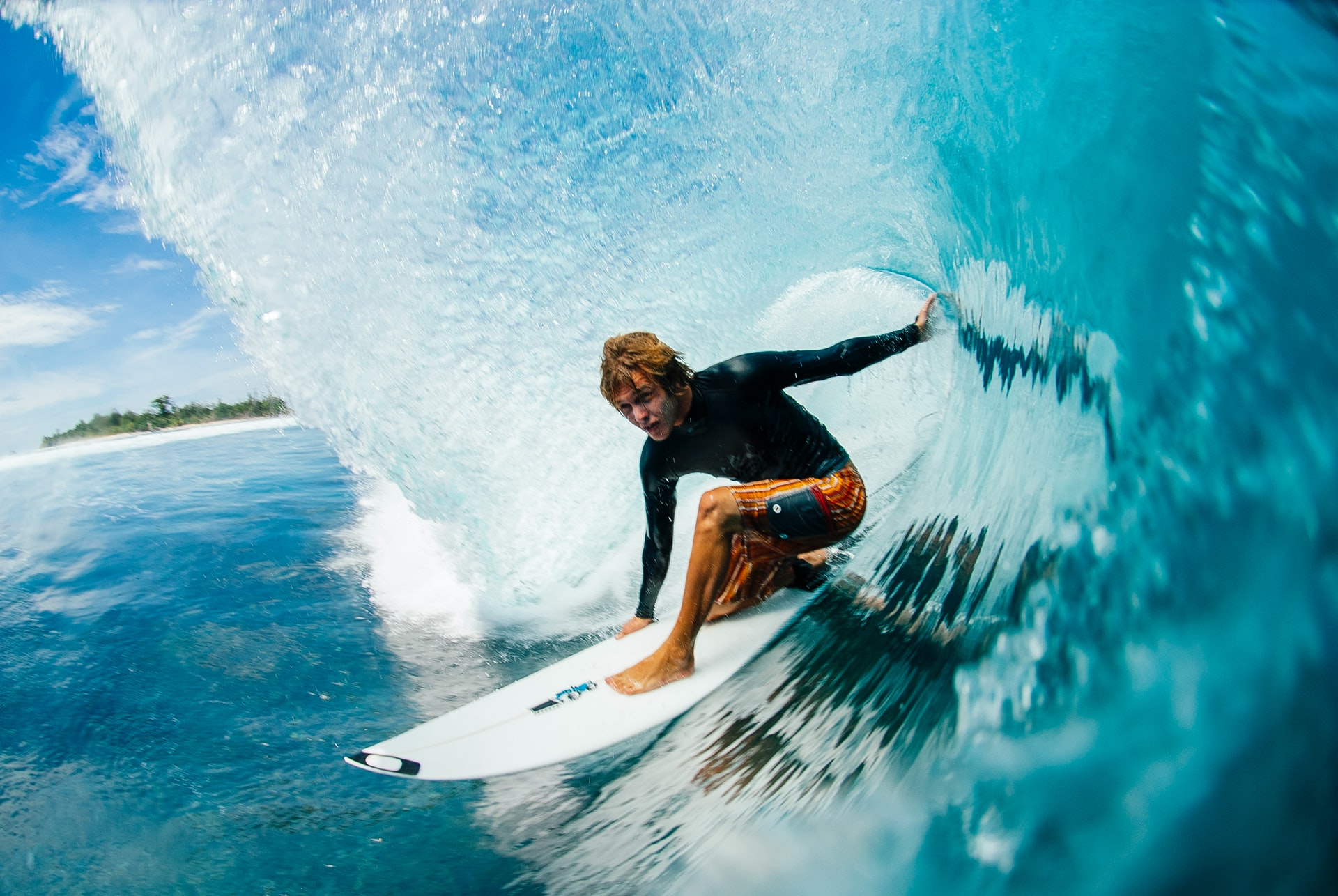
Do Pro Surfers Use Leashes? (+6 Reasons Why You Should Too)
-
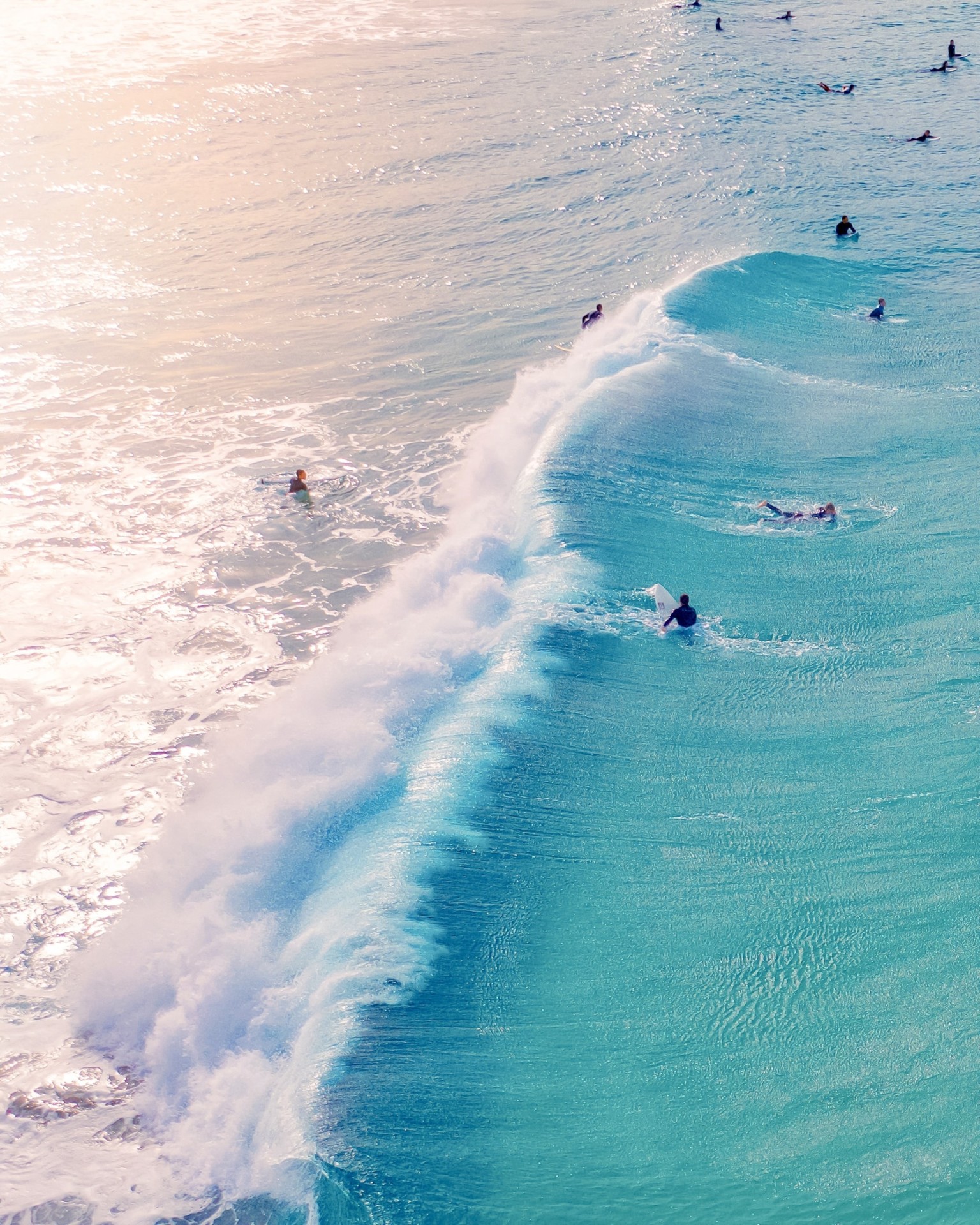
Do Many Surfers Drown? Here Are the Facts (+4 Common Reasons)
-
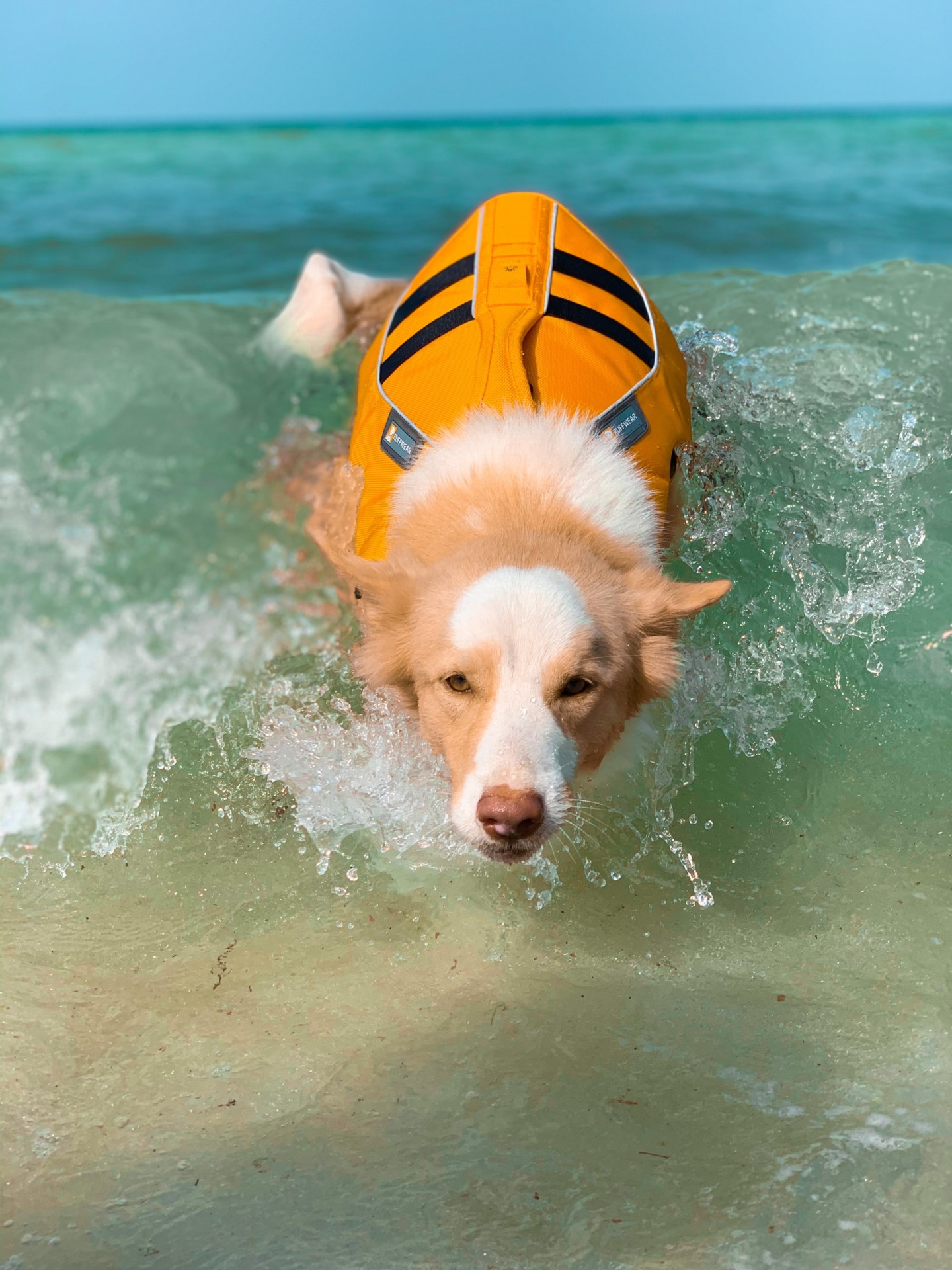
Do Surfers Wear Life Jackets? (7 Reasons Why They Don’t)
-
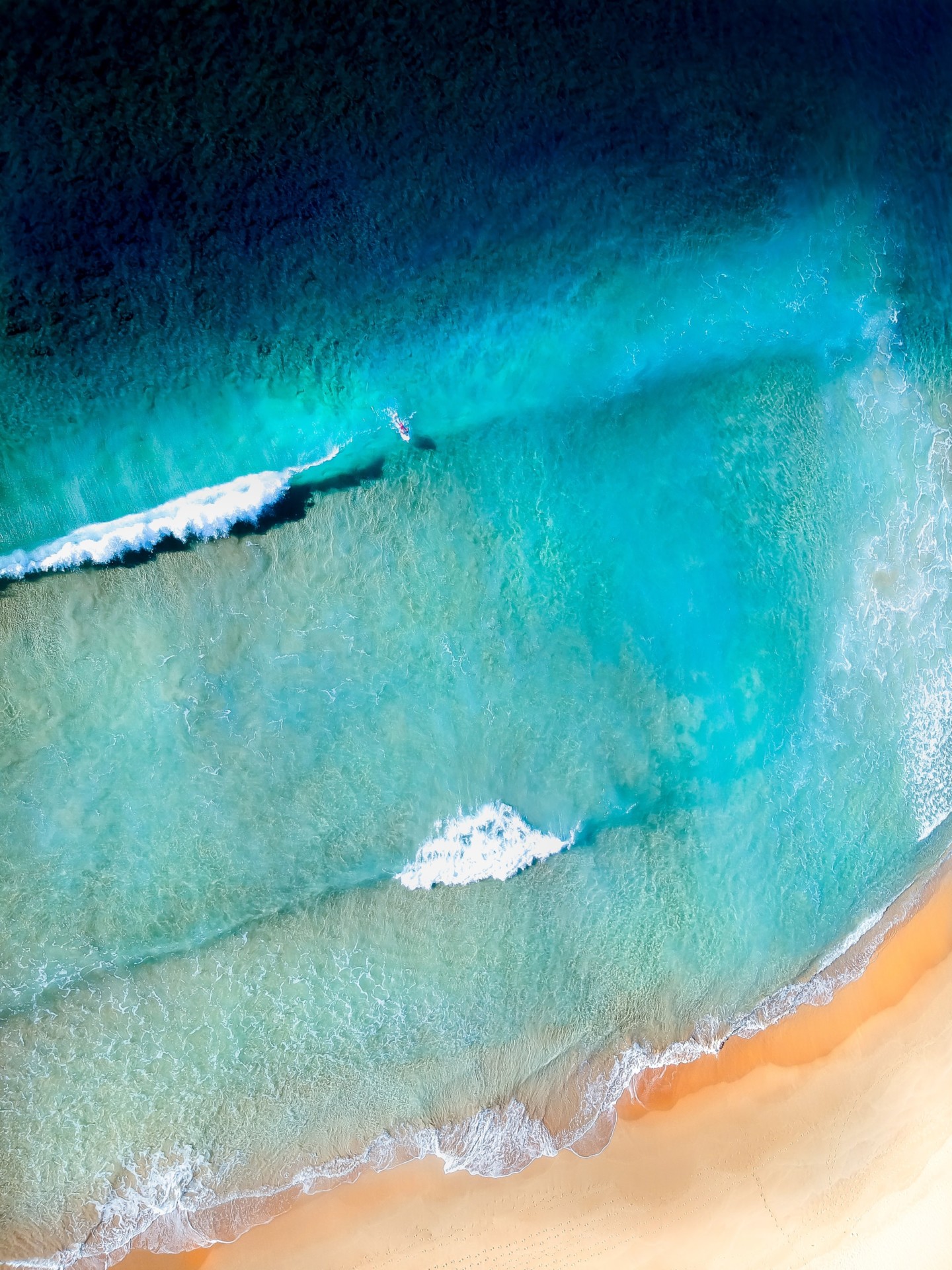
Do Surfers Like Rip Currents? (& How to Use Them Safely)

